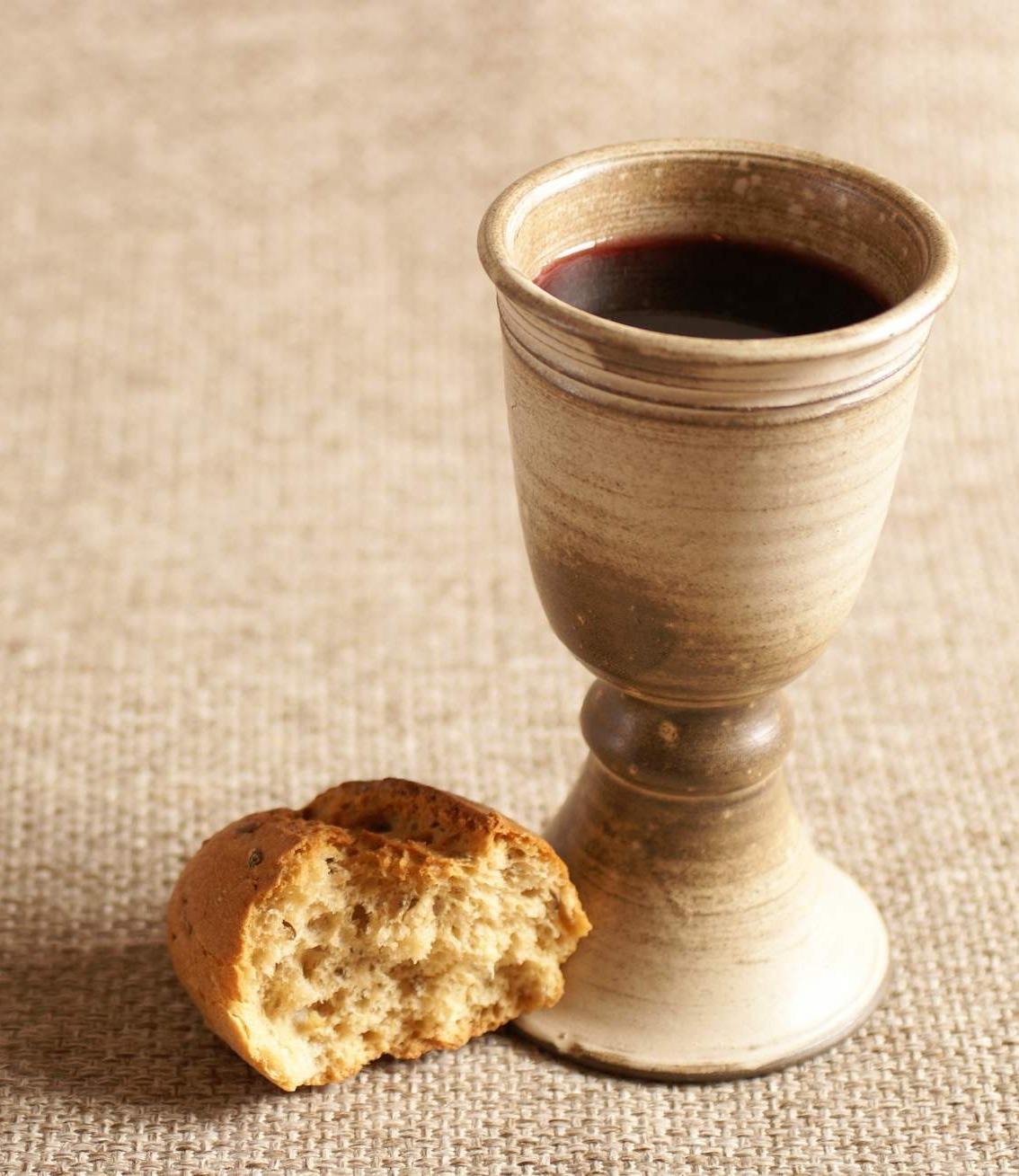The Roman Catholic Church, an ancient and venerable institution, serves as one of the most influential religious bodies in Christianity. It stands as the largest Christian denomination, with over a billion adherents worldwide. To understand this profound establishment, one must delve into its structure, beliefs, and the myriad of practices that have evolved over centuries.
At the heart of Roman Catholicism is the concept of the Mass, a liturgical celebration that embodies the epitome of worship. The Mass operates on multiple dimensions: it is not merely a communal gathering but a sacred rite where believers engage in the mystery of the Eucharist. The Mass is divided into two primary parts: the Liturgy of the Word and the Liturgy of the Eucharist. During the Liturgy of the Word, scriptures are read, and homilies are delivered, providing the faithful with spiritual nourishment and guidance. This segment serves as an educational component, recounting biblical narratives that shape the moral and ethical framework of Catholic teachings.
The Liturgy of the Eucharist, however, is where the essence of Roman Catholic worship is realized. Here, the bread and wine are consecrated and are believed to become the actual Body and Blood of Christ through a process known as transubstantiation. This theological tenet emphasizes the belief that Christ is truly present in the Eucharist, an astonishing claim that distinguishes Catholicism from many other Christian denominations. This moment of communion, wherein believers receive the Body and Blood of Christ, encapsulates the sacramental nature of this faith, fostering a sense of unity with the divine.
Alongside the Mass, the sacraments are pivotal to the life of a Roman Catholic. The Church recognizes seven sacraments, each serving as a vital conduit of divine grace. These sacraments include Baptism, Confirmation, Eucharist, Reconciliation (Confession), Anointing of the Sick, Holy Orders, and Matrimony. Each sacrament is steeped in meaning and tradition, designed to sanctify crucial moments in the life of a believer.
Baptism is the foundational sacrament, marking an individual’s entry into the Christian community and symbolizing the cleansing of sin. Confirmations follow, where the baptized are anointed with oil and strengthened to live out their faith. The Eucharist, as previously discussed, is not only a ritual of remembrance but also a profound encounter with Christ’s presence. Reconciliation offers the opportunity for confession and forgiveness, reinstating believers into a state of grace after sin. Anointing of the Sick provides comfort and healing in times of physical or spiritual distress, while Holy Orders dedicates individuals to a life of service within the Church. Finally, Matrimony sanctifies the union of man and woman, elevating marriage to a sacred covenant before God.
The interplay of these sacraments and the Mass evokes a comprehensive spiritual journey, guiding adherents through various stages of their lives. Yet, it is essential to recognize that the Roman Catholic Church also stands as an enduring repository of tradition. From the early Church fathers to contemporary theological discussions, the Church draws heavily upon historical texts, ecumenical councils, and papal encyclicals to shape its doctrine and policy. These traditions are not merely archaic practices; they breathe life into the modern faith, providing a continuum of belief that connects today’s Catholics with their forebears.
The vestiges of tradition also manifest in the liturgy and ecclesiastical structures. The use of vestments, specific prayers, and the calendar of feasts and seasons enrich the communal experience of worship. The observance of Advent, Lent, and the celebration of pivotal feasts like Christmas and Easter plays a central role in the ecclesial year, marking the life and mission of Jesus Christ while guiding the faithful in their spiritual preparation.
Moreover, the role of the Pope as the spiritual leader of Catholics cannot be overstated. The papacy, viewed as a continuation of Saint Peter’s ministry, embodies the Church’s unity and authority. The Pope, through the exercise of the magisterium, serves as a custodian of doctrine, often addressing contemporary issues through encyclicals and pastoral letters that resonate with modern societal challenges. This position not only consolidates the Church’s teachings but also reflects its adaptability while remaining anchored in its core tenets.
Importantly, the relationship between the Roman Catholic Church and its adherents extends beyond mere ritual and sacrament. It is a profoundly communal and personal experience. The Church’s emphasis on charity, social justice, and community service echoes Christ’s teachings and serves as a call to action. Programs that provide for the marginalized, advocate for peace, and support education exemplify the Church’s living expression of faith, manifesting in the tangible ways the faithful engage with the world.
In conclusion, a Roman Catholic Church embodies a multifaceted faith, deeply embedded in sacramental life, rich traditions, and a commitment to service. It offers its members a roadmap to spiritual fulfillment, a framework for communal interaction, and a historical narrative that connects the past to the present. As believers navigate their paths within this venerable institution, they find a sanctuary where the sacred intersects with the quotidian, inviting them to partake in the divine mystery and live out their faith in tangible, meaningful ways.



